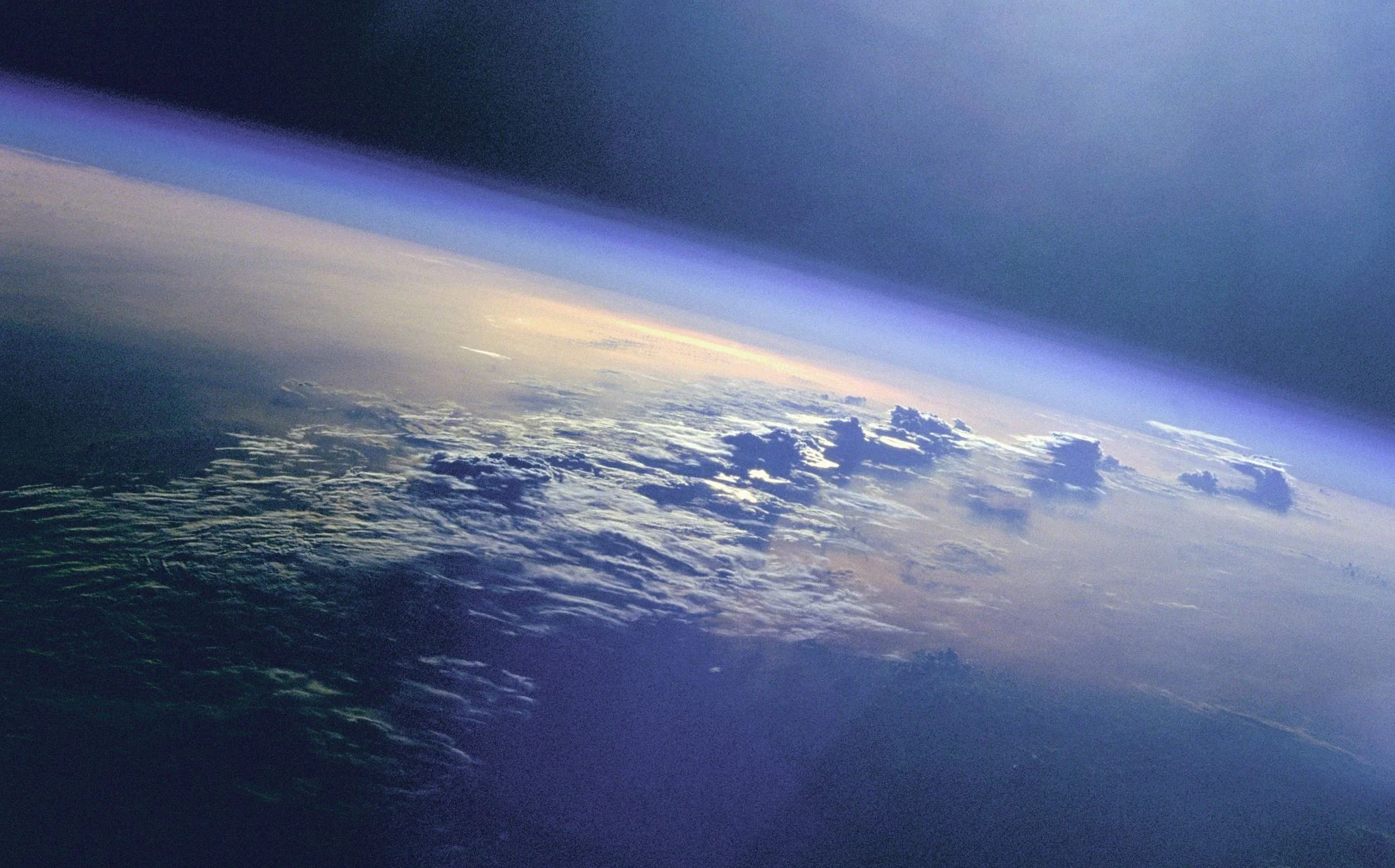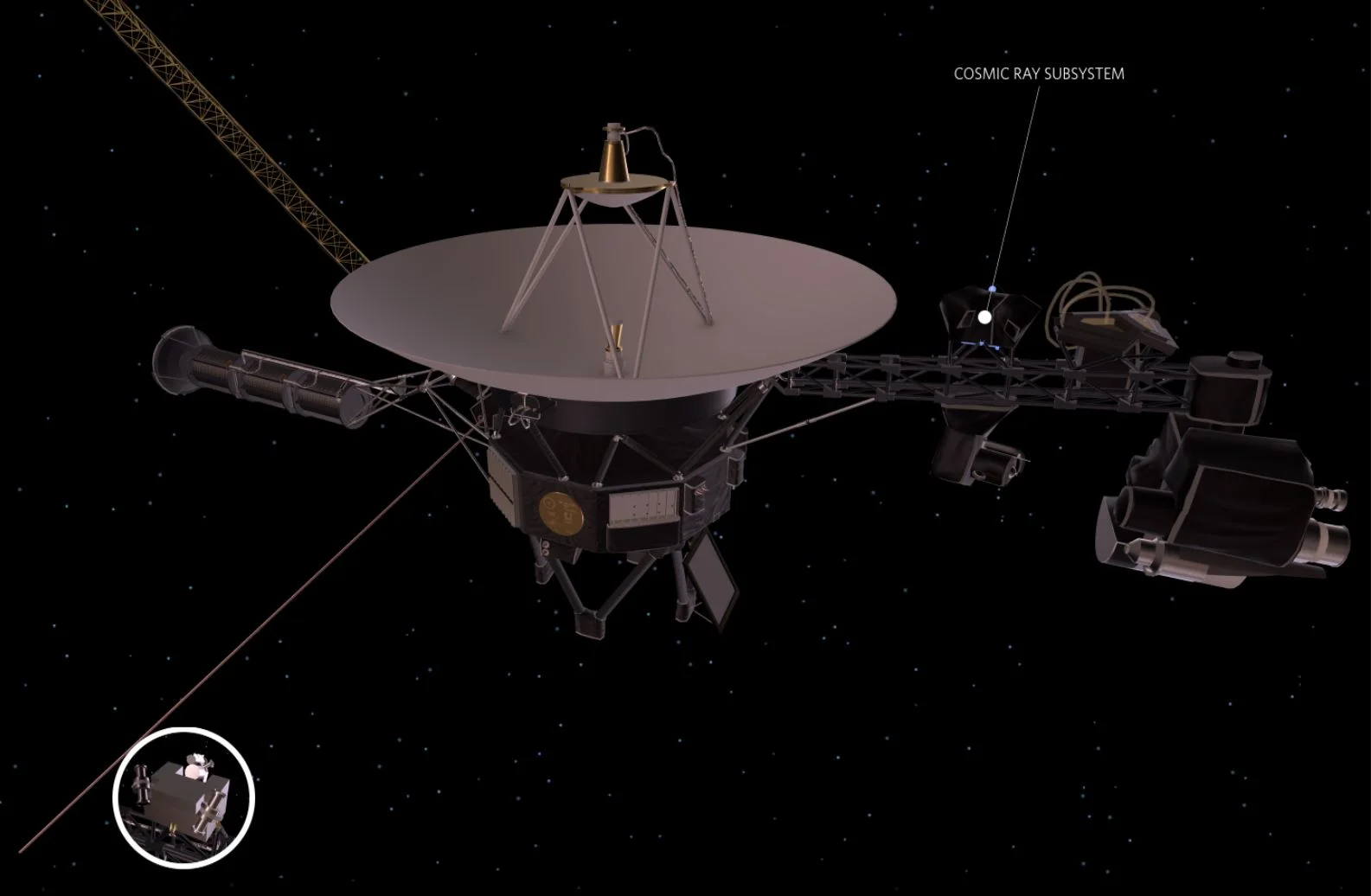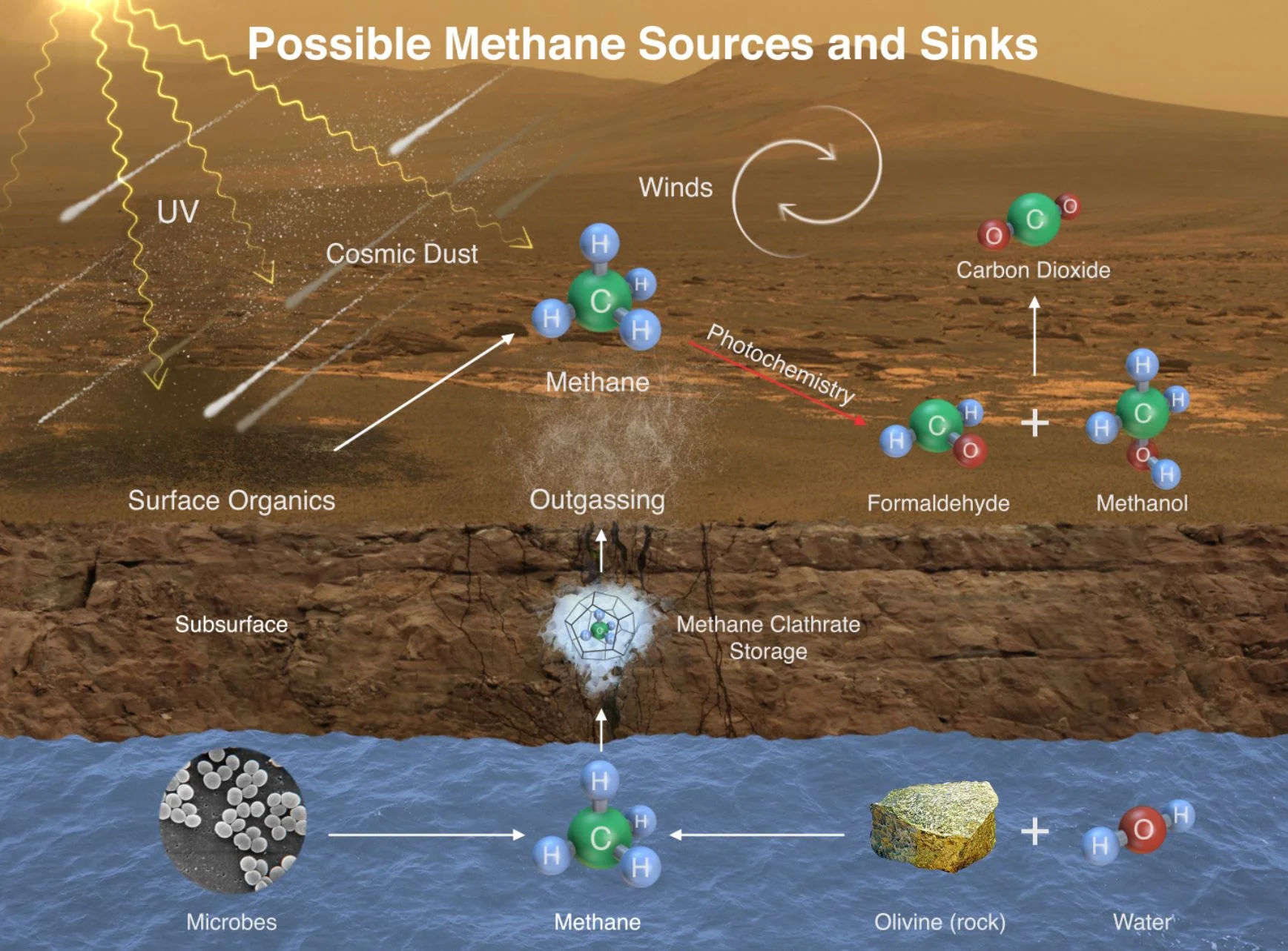Restoring the world’s forests on an unprecedented scale is “the best climate change solution available”, according to a new study. The researchers claim that covering 900m hectares of land – roughly the size of the continental US – with trees could store up to 205 billion tonnes of carbon, about two thirds of the carbon that humans have already put into the atmosphere.
Hubble Uncovers a Black Hole that Shouldn't Exist
Scientists may soon be able to predict your memories – here’s how
Do you remember your first kiss? What about your grandma dying? Chances are you do, and that’s because emotional memories are at the core of our personal life story. Some rare moments are just incredibly intense and stand out from an otherwise repetitive existence of sleeping, eating and working. That said, daily life, too, is replete with experiences that have a personal emotional significance – such as disagreeing with someone or receiving a compliment.
Mars’ North Pole is Doing the Dust Storms Thing Again
New Study Shows How Breaching “Carbon Threshold” Could Trigger Mass Extinction in Earth’s Oceans
Between the scientific community, governments, humanitarian organizations, and even military planners, climate change is considered to be the single greatest threat facing humanity today. Between the increases in famine, disease, flooding, displacement, extreme weather, and chaos that result, it is clear that the way we are causing our planet to get warmer is having dire consequences.
A New Plan for Keeping NASA's Oldest Explorers Going
With careful planning and dashes of creativity, engineers have been able to keep NASA's Voyager 1 and 2 spacecraft flying for nearly 42 years — longer than any other spacecraft in history. To ensure that these vintage robots continue to return the best science data possible from the frontiers of space, mission engineers are implementing a new plan to manage them. And that involves making difficult choices, particularly about instruments and thrusters
Interesting technology: Camera that sees light vibrate could be used in machine vision, autonomous vehicles and more
Women are less supportive of space exploration – getting a woman on the Moon might change that
Very cool: The ESA’s SpaceBok Robot Will Hop Its Way Around Low-Gravity Worlds
NASA Satellites Find Biggest Seaweed Bloom in the World!
An unprecedented belt of brown algae stretches from West Africa to the Gulf of Mexico—and it’s likely here to stay. Scientists at the University of South Florida in St. Petersburg's College of Marine Science used NASA satellite observations to discover and document the largest bloom of macroalgae in the world, dubbed the Great Atlantic Sargassum Belt, as reported in Science.
Where Does Mars’ Methane Go? New Study Provides Possible Answer, with Implications in the Search for Life.
For centuries, scientists have speculated about the existence of life on Mars. But it was only within the past 15 years that the search for life (past and present) really began to heat up. It was at this time that methane, an organic molecule that is associated with many forms of life here on Earth (i.e. a “biosignature”) was detected in Mars’ atmosphere.
New 3D printer uses rays of light to shape objects, transform product design
NASA's First Rover on the Red Planet
Which drink is best to handle spicy food?
Would your mobile phone be powerful enough to get you to the moon?
Many people who are old enough to have experienced the first moon landing will vividly remember what it was like watching Neil Armstrong utter his famous quote: “That’s one small step for a man, one giant leap for mankind.”. Half a century later, the event is still one of the top achievements of humankind. Despite the rapid technological advances since then, astronauts haven’t actually been back to the moon since 1972.
Red, white but rarely blue – the science of fireworks colors, explained
In the earliest days of the United States, John Adams wrote to his wife Abigail about the celebration of independence, “It ought to be solemnized with Pomp and Parade, with Shews, Games, Sports, Guns, Bells, Bonfires and Illuminations from one End of this Continent to the other from this Time forward forever more.” “Bonfires and illuminations” refer directly to what we know as pyrotechnics and firework displays.
Sugar substitutes: Is one better or worse for diabetes? For weight loss? An expert explains
The Most Efficient Way to Explore the Entire Milky Way, Star by Star
It seems like the stuff of dreams, the idea that humanity will one day venture beyond the Solar System and become an interstellar species. Who knows? Given enough time and the right technology (and assuming there’s not some serious competition), we might even be able to colonize the entire Milky Way galaxy someday. And while this seems like a far-off prospect at best, it makes sense to contemplate what a process like this would entail.
High-value opportunities exist to restore tropical rainforests around the world – here’s how we mapped them
The green belt of tropical rainforests that covers equatorial regions of the Americas, Africa, Indonesia and Southeast Asia is turning brown. Since 1990, Indonesia has lost 50% of its original forest, the Amazon 30% and Central Africa 14%. Fires, logging, hunting, road building and fragmentation have heavily damaged more than 30% of those that remain.
Four surprising technological innovations that came out of the Apollo moon landings
NASA’s Apollo program was one of the most challenging technological achievements in the 20th century. Beyond the space race and exploration, it contributed to several inventions and innovations that are still having an impact on our lives. But at the same time, there are several myths regarding what technologies actually came out of it.















